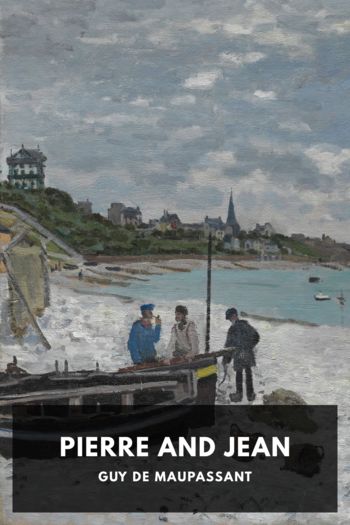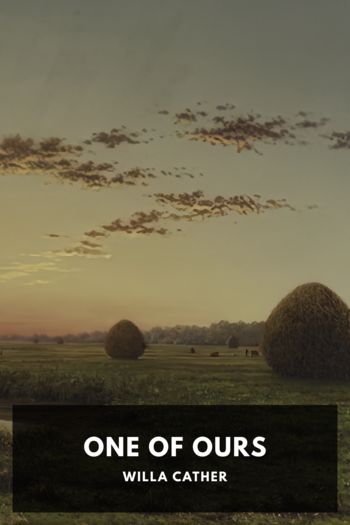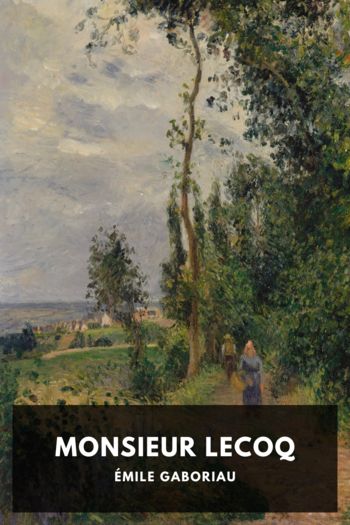Notre-Dame de Paris, Victor Hugo [i like reading TXT] 📗

- Author: Victor Hugo
Book online «Notre-Dame de Paris, Victor Hugo [i like reading TXT] 📗». Author Victor Hugo
Le mur murant Paris rend Paris murmurant.22
In the fifteenth century, Paris was still divided into three wholly distinct and separate towns, each having its own physiognomy, its own specialty, its manners, customs, privileges, and history: the City, the University, the Town. The City, which occupied the island, was the most ancient, the smallest, and the mother of the other two, crowded in between them like (may we be pardoned the comparison) a little old woman between two large and handsome maidens. The University covered the left bank of the Seine, from the Tournelle to the Tour de Nesle, points which correspond in the Paris of today, the one to the wine market, the other to the mint. Its wall included a large part of that plain where Julian had built his hot baths. The hill of Sainte-Geneviève was enclosed in it. The culminating point of this sweep of walls was the Papal gate, that is to say, near the present site of the Pantheon. The Town, which was the largest of the three fragments of Paris, held the right bank. Its quay, broken or interrupted in many places, ran along the Seine, from the Tour de Billy to the Tour du Bois; that is to say, from the place where the granary stands today, to the present site of the Tuileries. These four points, where the Seine intersected the wall of the capital, the Tournelle and the Tour de Nesle on the right, the Tour de Billy and the Tour du Bois on the left, were called preeminently, “the four towers of Paris.” The Town encroached still more extensively upon the fields than the University. The culminating point of the Town wall (that of Charles V) was at the gates of Saint-Denis and Saint-Martin, whose situation has not been changed.
As we have just said, each of these three great divisions of Paris was a town, but too special a town to be complete, a city which could not get along without the other two. Hence three entirely distinct aspects: churches abounded in the City; palaces, in the Town; and colleges, in the University. Neglecting here the originalities, of secondary importance in old Paris, and the capricious regulations regarding the public highways, we will say, from a general point of view, taking only masses and the whole group, in this chaos of communal jurisdictions, that the island belonged to the bishop, the right bank to the provost of the merchants, the left bank to the Rector; over all ruled the provost of Paris, a royal not a municipal official. The City had Notre-Dame; the Town, the Louvre and the Hôtel de Ville; the University, the Sorbonne. The Town had the markets (Halles); the city, the Hospital; the University, the Pré-aux-Clercs. Offences committed by the scholars on the left bank were tried in the law courts on the island, and were punished on the right bank at Montfaucon; unless the rector, feeling the university to be strong and the king weak, intervened; for it was the students’ privilege to be hanged on their own grounds.
The greater part of these privileges, it may be noted in passing, and there were some even better than the above, had been extorted from the kings by revolts and mutinies. It is the course of things from time immemorial; the king only lets go when the people tear away. There is an old charter which puts the matter naively: à propos of fidelity: Civibus fidelitas in reges, quae tamen aliquoties seditionibus interrupta, multa peperit privilegia.
In the fifteenth century, the Seine bathed five islands within the walls of Paris: Louviers island, where there were then trees, and where there is no longer anything but wood; l’île aux Vaches, and l’île Notre-Dame, both deserted, with the exception of one house, both fiefs of the bishop—in the seventeenth century, a single island was formed out of these two, which was built upon and named l’île Saint-Louis—, lastly the City, and at its point, the little islet of the cow tender, which was afterwards engulfed beneath the platform of the Pont-Neuf. The City then had five bridges: three on the right, the Pont Notre-Dame, and the Pont au Change, of stone, the Pont aux Meuniers, of wood; two on the left, the Petit Pont, of stone, the Pont Saint-Michel, of wood; all loaded with houses.
The University had six gates, built by Philip Augustus; there were, beginning with la Tournelle, the Porte Saint-Victor, the Porte Bordelle, the Porte Papale, the Porte Saint-Jacques, the Porte Saint-Michel, the Porte Saint-Germain. The Town had six gates, built by Charles V; beginning with the Tour de Billy they were: the Porte Saint-Antoine, the Porte du Temple, the Porte Saint-Martin, the Porte Saint-Denis,





Comments (0)